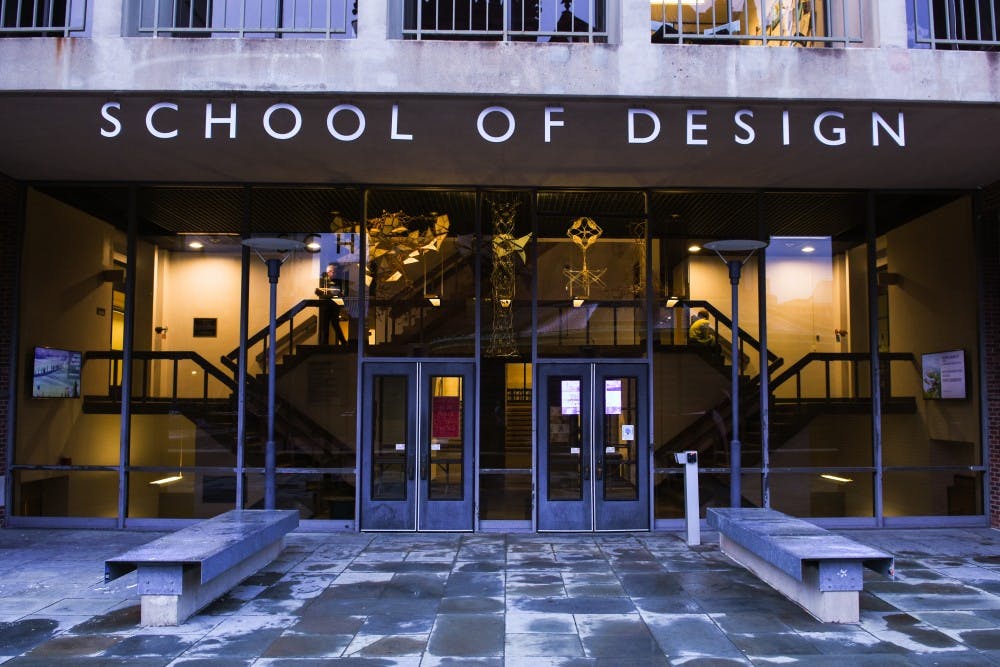Penn's School of Design will be renamed for fashion icon and 1963 Wharton alumnus Stuart Weitzman, whose donation to the school will free it from its years-long struggle to sustain its high costs given limited research funding and gifts.
PennDesign will be renamed "the University of Pennsylvania Stuart Weitzman School of Design," Penn President Amy Gutmann announced in an email to the Penn community Feb. 26. The sum of Weitzman's contribution to the school will remain confidential, but "his incomparable support of the School of Design aligns his own lifetime body of work in design with his ongoing commitment to the University in a meaningful and impactful way," Gutmann wrote.
The funds will go toward financial aid and academic programming, as well as toward PennDesign's central plaza, which will undergo "significant redesign and renovation in the upcoming months," Gutmann wrote. The plaza is located between Meyerson Hall and Fisher Fine Arts Library, next to College Green.
“This is my way of thanking the University of Pennsylvania for the education that was the foundation of my long and incredibly enjoyable career in design. It is my privilege to support new scholarships, and to invest in the overall academic mission of the School, including the advanced technologies and systems so essential to the future of design,” Weitzman said in a press release.
PennDesign has been one of the most tuition-dependent schools at Penn for the past several years, PennDesign Associate Dean for Administration Leslie Hurtig told The Daily Pennsylvanian in spring 2018.
At the time, Hurtig and PennDesign Dean Frederick Steiner said they had plans to increase fundraising and diversify the school's funding as a way to ensure the school's survival.
In 2017, 65 percent of the school's budget came from tuition and fees, and Hurtig said that percentage was projected to increase to 67 percent in the 2018 fiscal year. Greater tuition dependence indicates higher financial risk, since more of the school's funding is vulnerable to changes in enrollment size.
RELATED:
PennDesign, the most tuition-dependent graduate school, faces unique financial challenges
With an eye toward the future, PennDesign trains students to design for a changing climate
"This is a transformational time for the University and for our School of Design, as we educate future leaders in architecture, city and regional planning, design, fine arts, historic preservation, landscape architecture, and related disciplines," Gutmann wrote.









